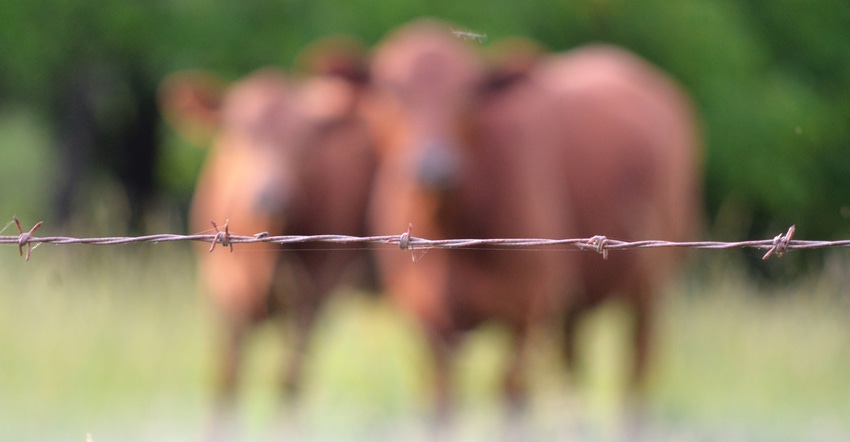
The wave of migration from large cities to small towns after the COVID-19 pandemic and the ability for more telecommuting options in the workplace may bring a new set of legal issues for farmers.
When it comes to people looking for that perfect hobby farm, farmers may face lawsuits or issues over fence lines. Often questions arise because those new to rural living may not understand fence laws in Missouri. When the tree falls, who fixes the fence or replaces the tree? Who maintains the fence line?
However, farmers and landowners can protect themselves. University of Missouri ag business specialist Joe Koenen says it takes the right records to save time and money should landowners face legal issues.
He recommends maintaining the following seven things, so landowners on both sides of the property line are protected.
1. Land survey. This is recognized today as the best way to determine where fence lines are located. However, as good as they are, surveys have never been infallible. Surveys can only be as accurate as the permanency of the benchmarkers used during the initial survey, the distance between the known benchmarkers and other laws in place. Surveys are very expensive.
2. Deed of trust. This document is also very good, depending how accurate and far back they can go. County recorders can assist in finding those documents.
3. County assessor's and Farm Service Agency map(s). FSA maps can be useful at times, especially when determining acres and, in some cases, fence lines and other issues. For example, if a problem arises with tree removal, an older map may clarify an issue.
4. Photos. Photos are great and easily accessible on a smartphone. However, in a few cases, farmers should print them off and put them in a file. These photos can be admissible in court and provide documentation. In cases over fence laws, date-stamped photos of fence lines can help determine adverse possession cases.
5. Land use documents. This includes information on items such as timber cut, fee hunting, lawn mowing or crops grown. These documents can prove vital when determining adverse possession and easement claims.
6. Accounting information. Paid invoices, income and printed materials may be valuable documentation in the future. Paid invoices for fence materials, farm lease checks, gravel purchased and others may be needed to solve disputes. IRS tax records can be destroyed generally after seven years (less in some cases), Koenen notes, but might be necessary in other situations.
7. Purchase agreements. Land purchases depend on how it was obtained. If it was gifted, then knowing the year and price paid of the original purchase is of critical importance. If it is an inheritance, the basis depends on the fair market value of the land when it was inherited. MU G403, Missouri Farm Land Values contains historical land values that may be helpful.
Records take continual maintenance, but they can be invaluable should unforeseen issues occur in the future, Koenen says.
Koenen reminds farmers that while MU Extension has specialists to discuss situations, answer questions and provide resources, they are not attorneys and should not substitute for legal advice.
The University of Missouri Extension Ag Connection Newsletter contributed to this article.
About the Author(s)
You May Also Like






